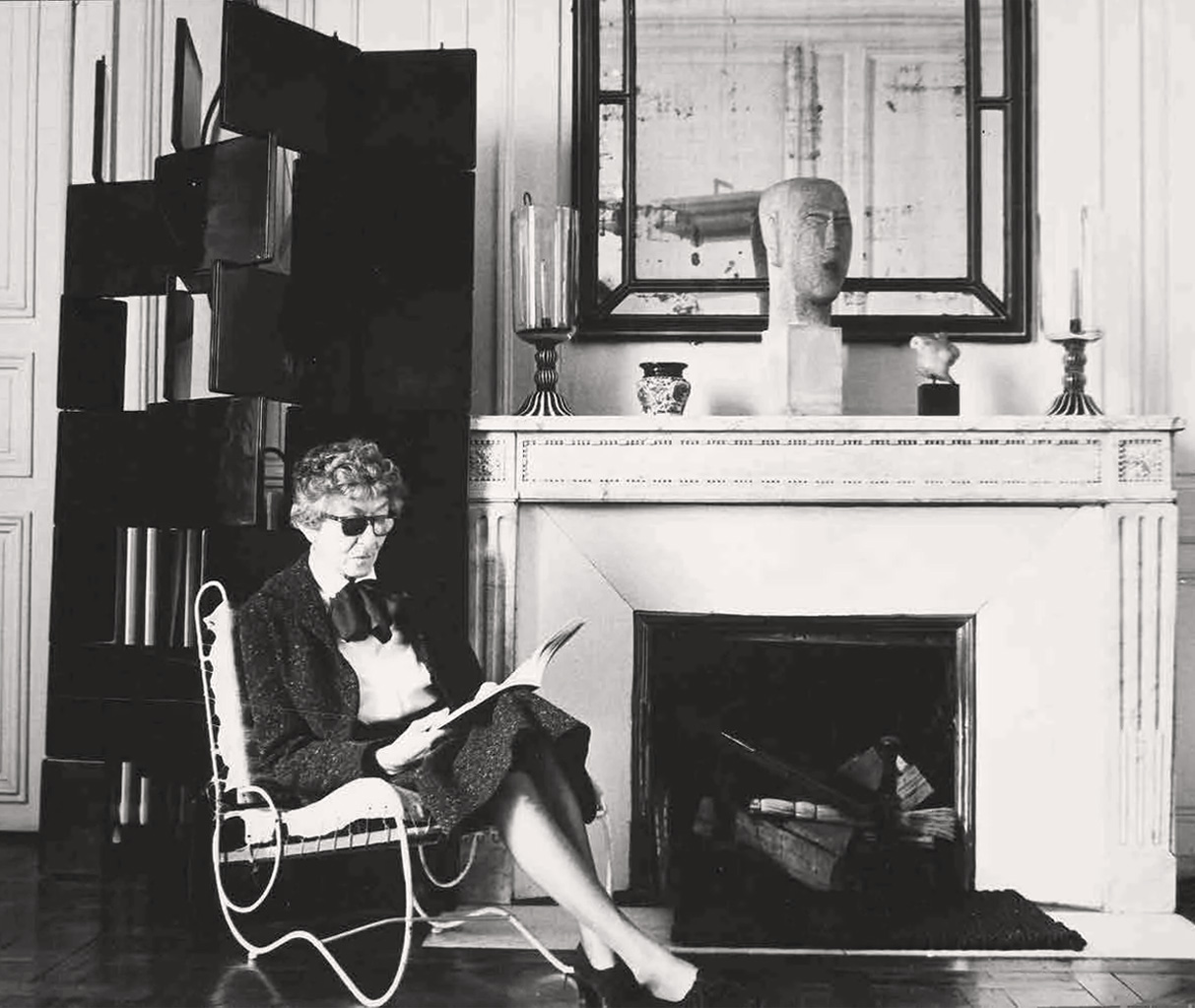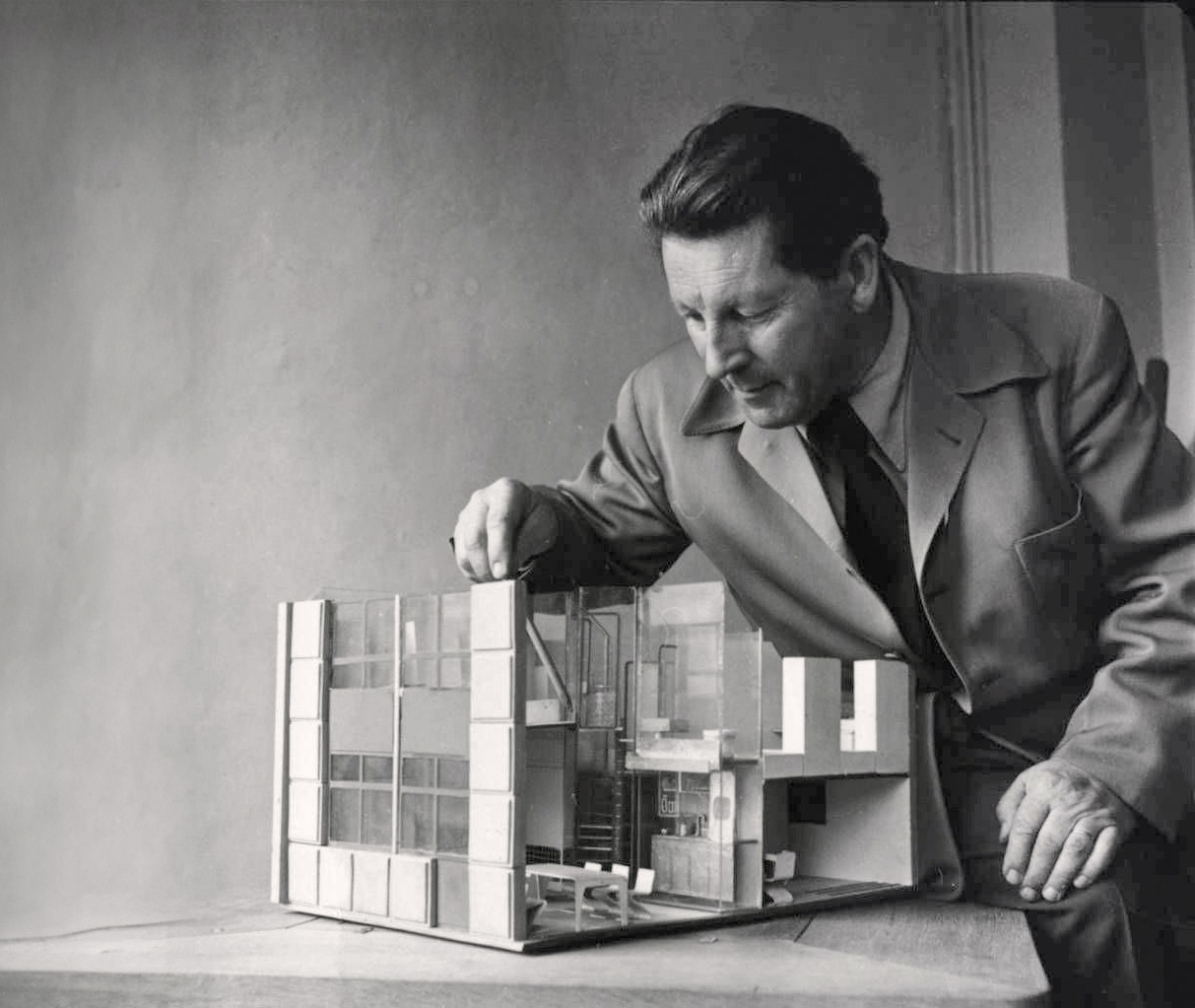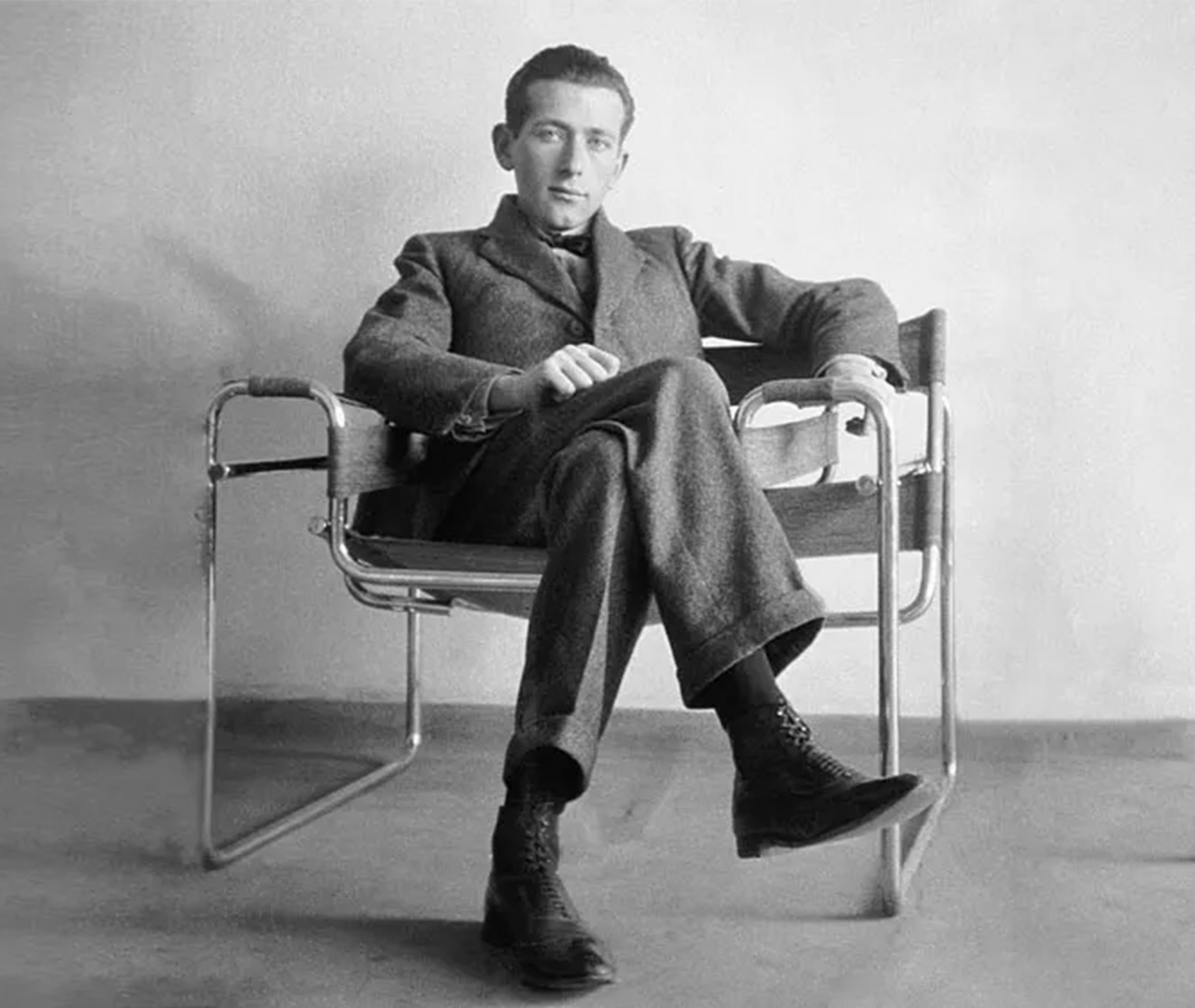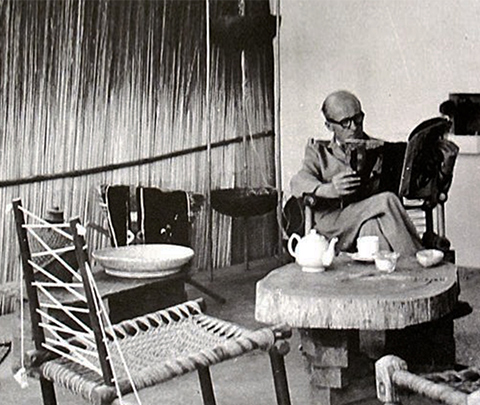
pierre jeanneret (1896–1967)
Pierre Jeanneret was a Swiss architect who opened an atelier with his cousin, Le Corbusier. They designed some of the most famous buildings of the 20th century, such as the Villa Savoye and the Villa La Roche in Paris. Their cooperation ended with World War II, when Le Corbusier supported the Vichy regime while Pierre joined the French Resistance. In 1955 they united again to build the new city of Chandigarh, in the Indian Punjab. Le Corbusier spent less time on the project, but Pierre Jeanneret continued to work on it for 15 years more.
character:
Pierre Jeanneret worked in Le Corbusier‘s shadow. However, his interests lay in experimentation rather than success. Chandigarh afforded him the opportunity to play, and to break away from European architectural dogma.
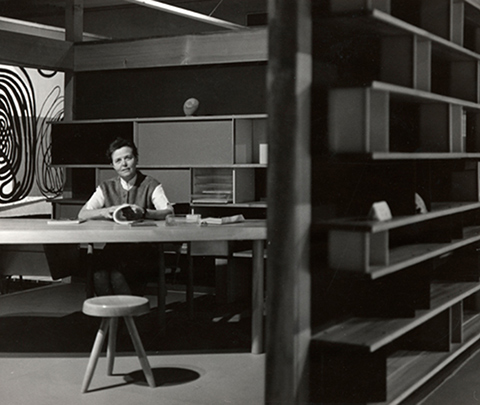
charlotte perriand (1904–1999)
Perriand was a French architect and designer who worked for Le Corbusier and is known for designing the studio’s famous tubular steel furniture. In 1937 Perriand left Le Corbusier’s practice, and began collaborating with Jean Prouvé in 1940. She also went to Japan around the same time and began to explore the country‘s rich culture of handicrafts, which inspired her to use more wood in her work and to develop a more subtle language.
character:
Perriand was a free-spirited leftist, who, in her search for individual expression, abandoned the traditional architectural doctrine in favour of a more emotional and poetic language. Designing was a game for her, but one that had to be taken seriously, and thus we see in her work a more feminine approach to design that is based neither on ego nor the need for fame.
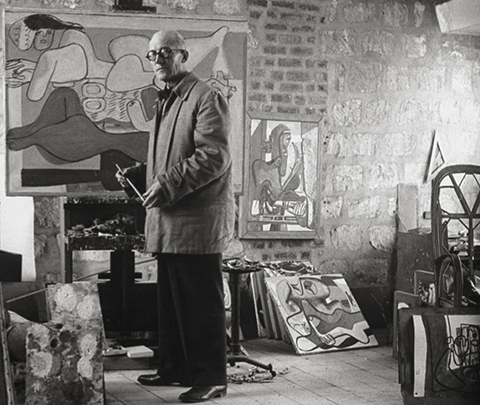
le corbusier (1887–1965)
The most important architect of the 20th century, Le Corbusier developed his own innovative and playful interpretation of rational modernism. His famous definition of architecture as a ‘machine for living’ suggests his approach to design was highly pragmatic, but he was also an artist who believed that buildings should touch our souls. His concept of the ‘promenade architecturale’, for example, was based on the belief that buildings should provoke multiple emotions and experiences.
character:
He was very ambitious and wanted to build. Yet desire for fame didn’t mar his way of designing. He believed that buildings should touch our soul and so he imbued the buildings with a deeper meaning. His work expressed a rich ambivalence between the rational and spiritual.
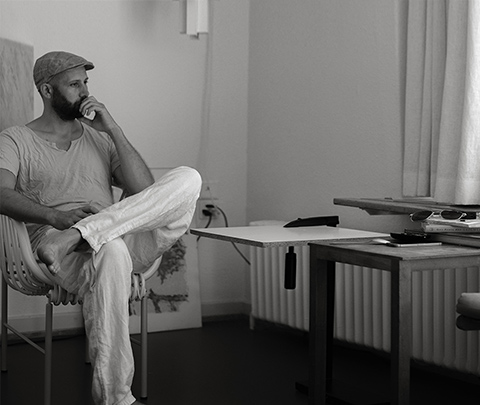
tom strala (b. 1974)
From an early stage in his career, the Swiss designer Tom Strala has worked in an experimental mode, avoiding both industrial and mass production. Design for him is both an art and away of interpret- ing thoughts and ideas. Rather than a mere response to economic need or the general zeitgeist, he seeks out radical design solutions that express his world view and that are often based on contradictions, such as roughness and fragility.
character:
It bothers him that design is rarely radical. To him, furniture doesn’t have to act like a consumer good just because it is a utilitarian object. As a designer he expresses freedom and loves to reflect all facets of this existential topic.
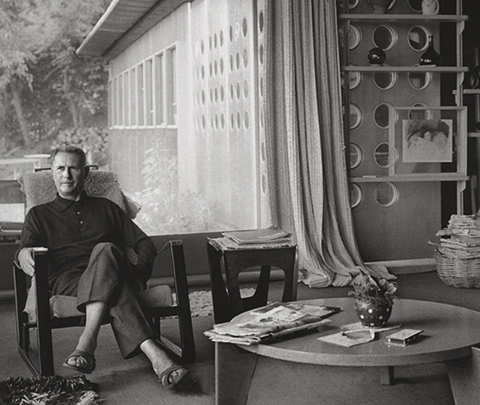
jean prouvé (1901–1984)
Jean Prouvé was a French self-taught architect, designer and metal worker who was fascinated by the aesthetics of technology. He cooperated with Le Corbusier on architecture, and with Pierre Jeanneret and Charlotte Perriand on furniture. After World War II, when France needed many new buildings, he looked for intelligent, low-cost solutions that could be mass produced. While pragmatic ideas and design solutions were important, his designs were often poetic and artistic in character.
character:
Jean Prouvé sought beauty in the banal. He thus developed an anti-aesthetical aesthetic creating all these utilitarian objects. He knew how to show that poor materials can enrich something.
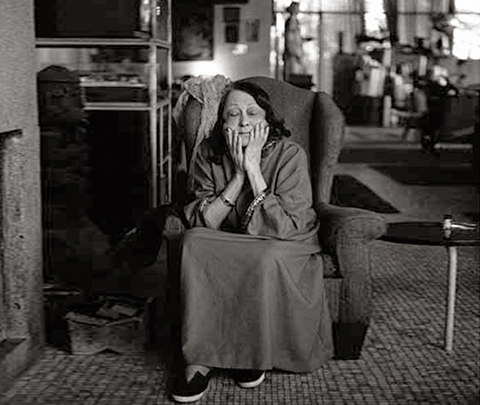
lina bo bardi (1914-1992)
An Italian-born architect who spent much of her life in Brazil, Lino Bo Bardi initially worked for the architect and designer Gio Ponti, in Milan. After World War II she left with her husband for a new life in São Paolo, where they soon got absorbed into artistic and intellectual circles. Her early work was quite modernist in style, however, the ethnic and emotional elements of Brazilian architecture and life gradually came to influence her thinking. Much of her design work was experimental as well as spiritual in character, and included both simple houses and concrete Brutalist buildings with large dimensions.
character:
She was a communist, but remained bourgeois.Full of contradictions, she found her own aesthetic and its freedom.
eileen gray (1878-1976)
The Scottish-Irish architect and designer, descended from the aristocracy, is still recognised as an icon of modernism. Her designs for furniture and buildings evoke playful apparatuses and machines. Le Corbusier envied her for her endless talent and her free spirit. Gray is still considered to be a pioneer who was able to assert her position in the male-dominated world of architecture and design. Nevertheless, she did not achieve the recognition she deserved until after her death. In 1926, she realised one of the most important architectural works of the 20th century, Villa E-1027, in the south of France for her partner Jean Badovici.
character:
Gray was a non-conformist and did not care much about society’s traditions. Rather, she preferred to spend her time in Parisian bars dressed up as a man with her girlfriend, absorbing the great spirit of the 1920s. “To create, one must first question everything.” – Eileen Gray.
gerrit rietveld (1888-1964)
The Dutch architect and designer was a member of the artists’ group “De Stijl”. His fundamental influence as one of the most radical designers of the 20th century is indisputable. Rietveld completed a carpentry apprenticeship with his father and founded his own furniture studio in 1917. In 1919, he designed the famous “Red and Blue Chair”, a piece of furniture that is reduced to a simple geometric structure. Rietveld approached aesthetical ideas through action and concrete realisation. His creations combined fine art, design, and architecture.
character:
Rietveld was convinced that the strictly composed, precise geometry and open structure of his furniture would provide the highest level of universality. He was barred from his profession after the occupation of the Netherlands as a result of his anti-Nazi stance. Rietveld was allegedly a communist for which reason he received no support after the war.
marcel breuer (1902-1981)
Marcel Breuer was from Hungary and is not only known as a groundbreaking designer but is also still regarded as one of the most important architects of the post-war period. He studied and lectured at the famous Bauhaus in Weimar. His dynamic shapes and lines rejected strict modernist dogmas and created a completely new sense of uniqueness. To produce his famous free-swinging models, he used the technique of bending and welding steel tubes for the first time in approximately 1925.
character:
As Marcel Breuer felt uncomfortable with cold steel, all parts of the furniture that touched the user were supplemented with warmer, organic materials such as leather, cotton, wickerwork, and wood. Breuer realised ergonomic aspects in a visionary way, with the human being as a central point of reference.
Pierre Jeanneret chair and chairs, lamps, desks and easy chairs to a complete unity together with the city. Le Corbusier offers chandigarh chairs. That furniture and office cane chairs are to sell. We buy all other objects from Jeanneret chair. Also we love vintage furniture. That design of furniture is raw and radical. We are located also in Zurich and London. With a gallery in Mexico City and Monterrey. We offer one of the biggest selections in our galleries in Switzerland. Charlotte Perriand did the famous nuage shelf and the forme libre table. Good design and a lounge chair is a solution for beauty from Cansado. The interior designer and the architect of Bauhaus needs a rich interior in Los Angeles or New York. That is raw design.That is the beauty of lifestyle.It is in wood and teak. Chairs with cane and finally sofas too.Le Corbusier chair is design furniture for interior designer. It is an item with a mix of Indian spiritualism and European modernity. Also it is a way to see the progress of an international style. The Architecture showed the ability to being a vision and to get a mirror of time. As Zeitgeist design and fashion too define the need for simple lifestyle. Chandigarh was finally an experiment to bring India to the 20th Century. The story about Chandigarh and Indian furniture design got an iconic carpenter workshop. So our gallery sells all that items like stools by Charlotte Perriand. It is like the Berger stool or the sandoz stool by her, where her holiday house in Méribel got an iconic architectural house.

